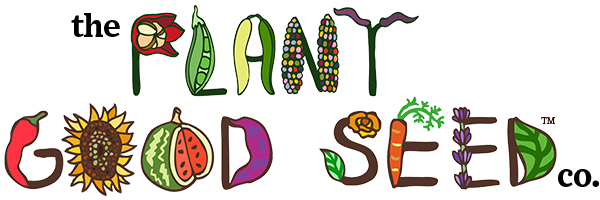Packet: 50 seeds (0.025 gram), OG
Dandelions (Taraxacum spp.) are quotidian and culturally misunderstood features of modern society. Having felt both these ways at times in my life (as imagine many people also have), I became curious about them. I had friends who taught me about the healing power of the roots and the edibility of the foliage. I recall finding one in New York growing out of a metal signpost of a busy traffic interchange; it was actually thriving there. That kind of became my totem when I lived there: this plant, so strong and thriving in the unlikeliest of places.
I helped a friend dig out the fall roots out of her back yard. We cleaned them meticulously with a toothbrush and we hung them upside down to dry on a clothesline; she left the foliage on, which she said aided in the medicinal potency of the plant roots.
A couple years later I was thumbing through the pages of James Green’s The Male Herbal. One of his central hypotheses as an herbalist concerns the expurgation of the bitter flavor – so prevalent in plants such as dandelion – from Western diets has wreaked havoc upon reproductive organ and immune systems:
The mistake of eliminating the bitter flavor from our daily experience is as harmony disrupting as eliminating one of the colors from the light spectrum… It’s my opinion that the habit developed throughout our lifetime of avoiding bitter-flavored foods and herbs has created a chronic dysfunction in our lives and organs of digestion, assimilation, and excretion, eliciting secondary hormone imbalances (32).
I'd long grown the true or common dandelion (Taraxacum officinale; not to be confused with Cichorium intybus, “Italian” dandelion, or chicory) and naturally became curious if there were other species of this plant. I've since discovered three: Rubber Dandelion (Taraxacum kok-saghyz), Pink Dandelion, and White Dandelion (Taraxacum albidum).
-Quin Shakra
Packet: 50 seeds (0.025 gram), OG
We use cookies on our website to give you the very best shopping experience we can. By using this site, you agree to its use of cookies.
Emails every 4-6 weeks featuring compelling original gardening content, new variety announcements, sales, and event appearances.
